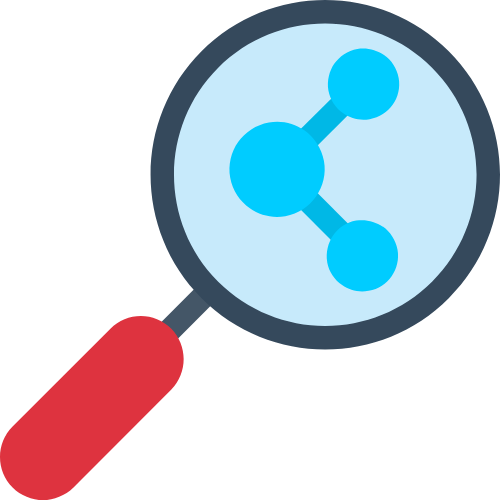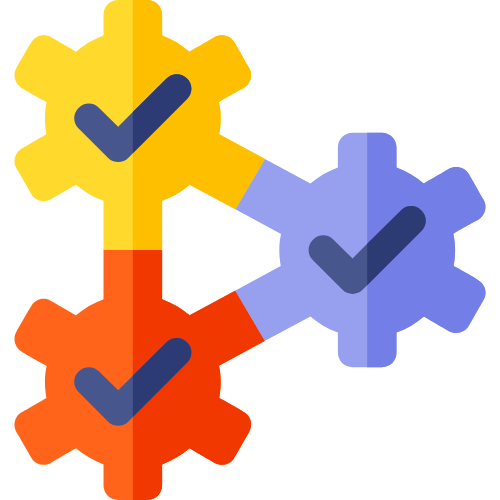Let’s start with some basic assumptions. Organizations will remain hierarchical, though likely flatter. For middle managers, jobs will combine routine work, long-term goals, and short-term projects. Measuring work will be easier, broken into defined units—except for higher-order tasks and complex decision-making.
Organizations will be more flexible and fluid, capable of moving or deploying resources at the tap of a button—or through speech or eye-movement commands.
Top-performing leaders will excel at navigating complexity across dimensions-without necessarily being stars themselves. Pattern recognition and leveraging these patterns will be key.
Individual stardom and specialized skills will remain relevant for shorter periods. New stars and emerging skills will rise and fade quickly.
Collaboration of all kinds, including with machines and ‘external’ entities, will be key to success.
Career progression and development will become messier, with crisscrossing, non-linear paths replacing traditional ladders.
Middle managers will manage a diverse mix of team members, with the blend varying by context:

Integrating tools, technologies, and people, and not getting drowned by the daily noise will take personal balance, confidence, humility, and learning agility.
The ability of middle managers to collaborate and communicate effectively with both internal and external “bodies” and disengage and pivot quickly will distinguish exceptional middle managers.
Sounds bold and maybe just a bit scary? Every manager still has time to invest in their own development. But in these tumultuous times, focus and thoughtful execution are critical.
For organisations, it is a great opportunity to leverage talent through transformation, or be left with a large pool of untapped talent.






info@thinktalentindia.com
+91-9910955257
+91-8828158509